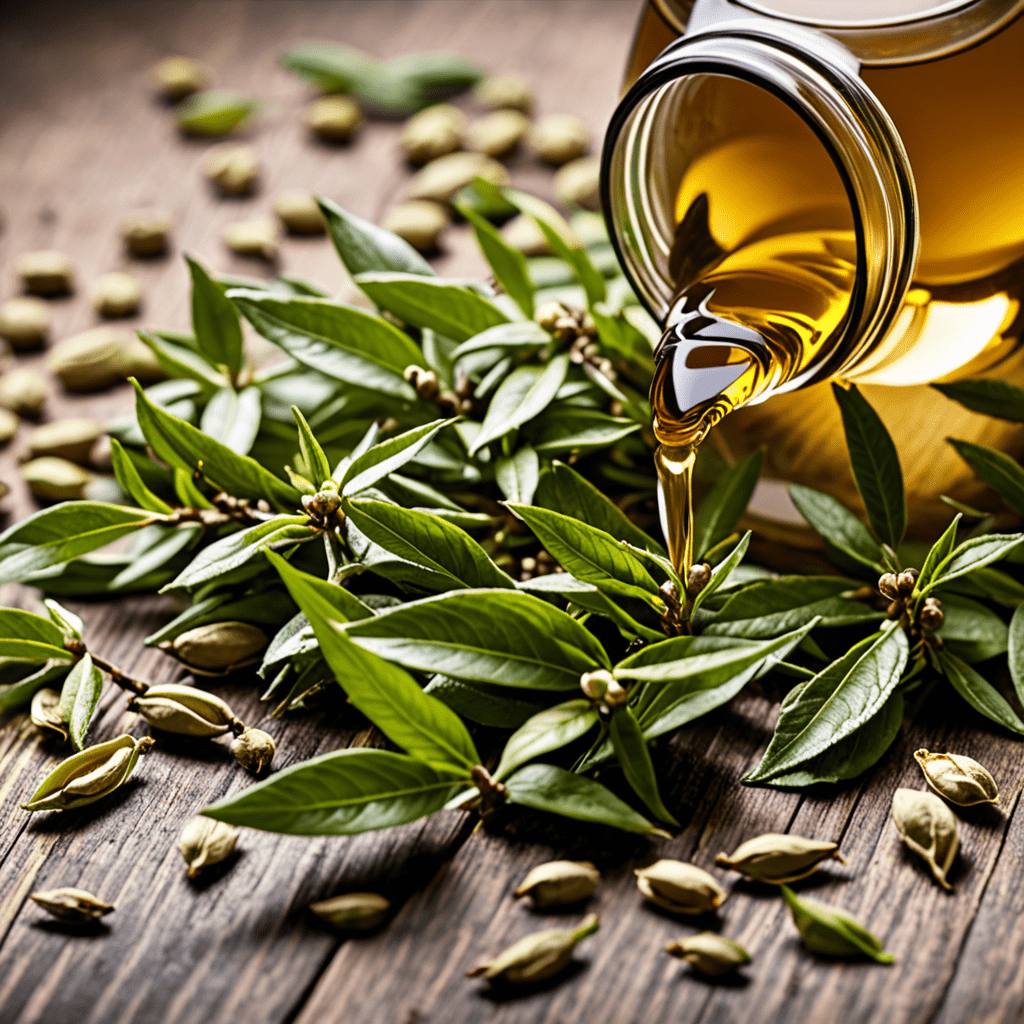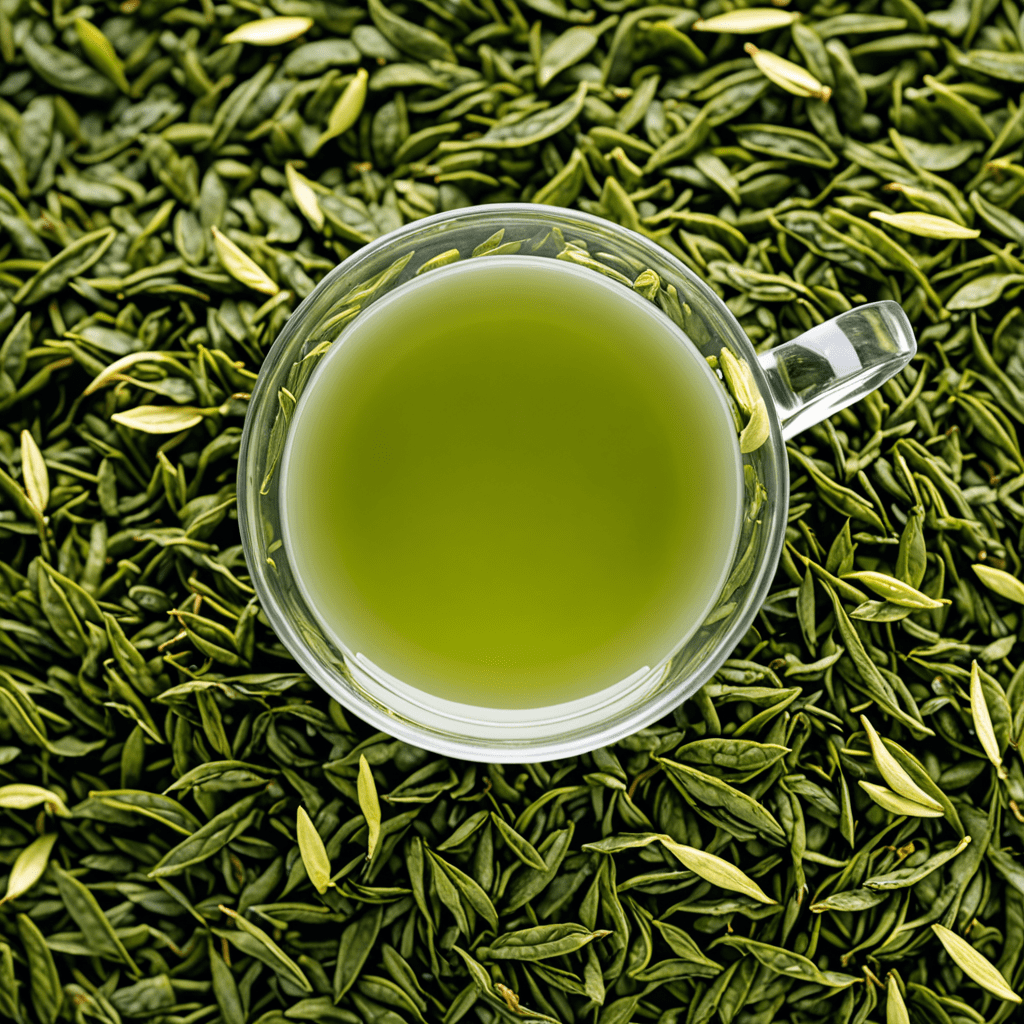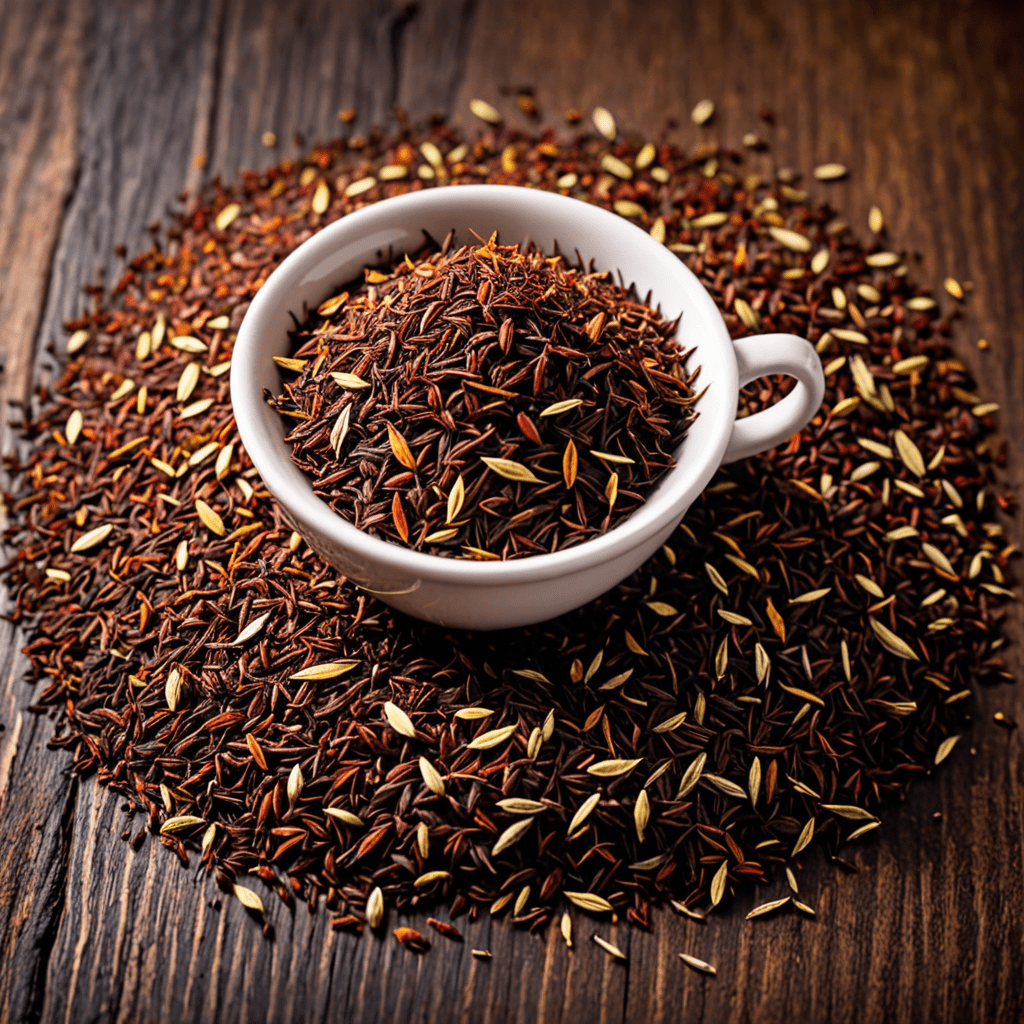White Tea: A Brief History and Overview
The Origins of White Tea
White tea dates back to ancient China, specifically during the Song Dynasty (960-1279 AD). It was highly prized and reserved for royalty due to its delicate flavor and rarity.
How White Tea is Produced
White tea is made from the young leaves and unopened buds of the Camellia Sinensis plant. The leaves undergo minimal processing, withering in natural sunlight before being gently air-dried.
White Tea vs. Other Teas
Compared to green and black teas, white tea undergoes the least amount of processing. This minimal processing helps retain more of its natural antioxidants and delicate, floral flavors.
Health Benefits of White Tea
White tea is rich in antioxidants and is believed to have numerous health benefits, including promoting skin health, supporting oral hygiene, and potentially reducing the risk of heart disease and stroke.
Popular Varieties of White Tea
Some popular varieties of white tea include Silver Needle (Baihao Yinzhen), White Peony (Bai Mudan), and Tribute Eyebrow (Gong Mei). Each variety offers a unique flavor profile and aroma.
How to Brew White Tea
Brewing white tea is simple. Use fresh, filtered water heated to around 175°F (80°C) and steep the leaves for 1-3 minutes. This delicate tea should be enjoyed on its own, without milk or sugar.
Conclusion
White tea’s delicate flavor, minimal processing, and numerous health benefits make it a popular choice for tea enthusiasts. Whether you’re a tea aficionado or new to the world of tea, white tea is definitely worth exploring.
What is white tea?
White tea is a type of tea made from the Camellia sinensis plant, specifically from the young leaves and buds. It undergoes minimal processing, allowing it to retain its delicate flavor and natural antioxidants.
What is the history of white tea?
White tea originated in China during the Song Dynasty (960-1279). It was originally reserved for royalty and the elite. Over time, its popularity spread, and it became prized for its subtle taste and health benefits.
What makes white tea unique?
White tea is unique due to its minimal processing, which sets it apart from other tea types. It is harvested at a specific time and undergoes minimal oxidation, resulting in a light, refreshing flavor with subtle floral and fruity notes.
How is white tea brewed and consumed?
White tea is typically brewed with water that is just below boiling temperature and steeped for a short time, usually 2-3 minutes. It is enjoyed hot or cold and is often served without milk or sugar to appreciate its delicate flavor.



